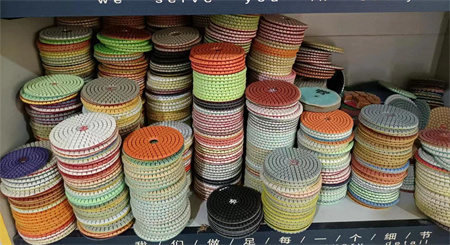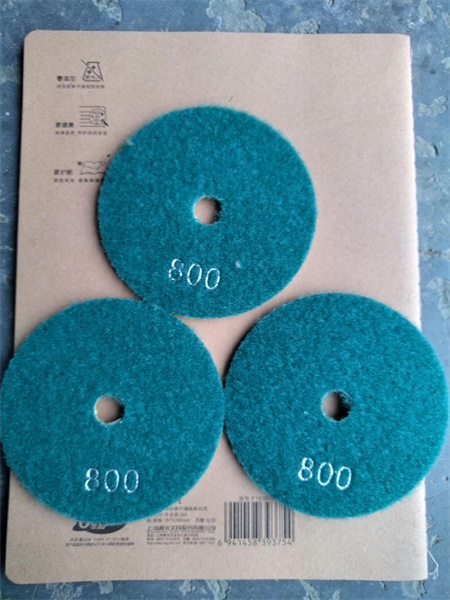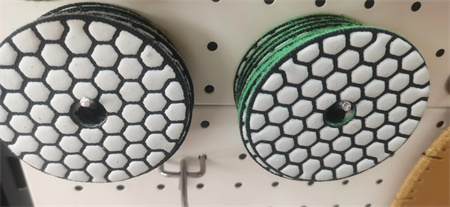How Automation Is Changing Diamond Pad Manufacturing
The world of manufacturing has always been shaped by technological advancements, and the diamond pad industry is no exception. With the rise of automation, manufacturers are finding new ways to increase efficiency, precision, and product quality. What was once a labor-intensive, time-consuming process is now rapidly evolving into something faster, smarter, and more consistent. The introduction of automation in diamond pad manufacturing is transforming the landscape, not just for the companies producing these essential components but also for the industries that rely on them.
Diamond pads are critical in a variety of applications, from semiconductor polishing to precision grinding. Traditionally, these pads were produced through manual labor, requiring skilled workers to oversee each step, from material preparation to the fine-tuning of the final product. This process was not only slow but also prone to human error, making it difficult to achieve the level of consistency needed in high-precision industries. The shift towards automation has solved many of these issues, allowing manufacturers to streamline their operations and produce diamond pads with greater uniformity and fewer defects.
One of the key benefits of automation is its ability to handle repetitive tasks with unmatched consistency. For example, automated machines can precisely cut, shape, and finish the diamond pads at high speeds without the fatigue or variations that can occur when humans are involved in the process. By programming these machines to follow exact parameters, manufacturers are able to produce diamond pads that meet stringent quality standards every time. This not only enhances the reliability of the product but also reduces the risk of costly errors that can arise from manual intervention.
In addition to increasing precision, automation is also helping to reduce waste. In the past, the production of diamond pads often involved a significant amount of material waste due to human error or inefficiencies in the manufacturing process. With automated systems, the production process is tightly controlled, ensuring that raw materials are used more efficiently and that less is discarded. This reduction in waste not only lowers production costs but also benefits the environment by minimizing the amount of material that ends up in landfills.
Another major advantage of automation in diamond pad manufacturing is its impact on scalability. As demand for these products grows, manufacturers need to be able to produce more units without compromising on quality or turnaround time. Automation allows companies to scale up their production quickly, as machines can work around the clock without the need for frequent breaks or shifts. This increased output capacity ensures that manufacturers can meet market demands, even during peak production periods, without sacrificing quality or customer satisfaction.

The future of diamond pad manufacturing is undoubtedly tied to advancements in automation technology. As artificial intelligence and machine learning continue to evolve, manufacturers will be able to integrate even more sophisticated systems into their production lines. These systems will not only increase the efficiency and quality of the manufacturing process but also enable predictive maintenance, where machines can self-diagnose issues before they result in downtime or defective products.

